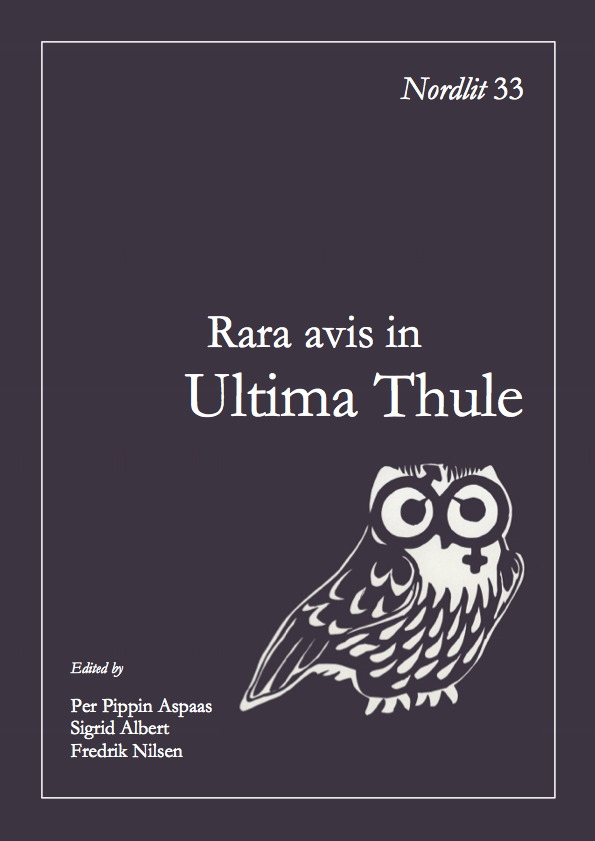Plastic accommodations of female agency: Vergil, Horace and Antipater of Thessalonica
DOI:
https://doi.org/10.7557/13.3179Keywords:
Female agency, Portico of Pompey, Homer, Vergil, Horace, Antipater of ThessalonicaAbstract
By taking statues in the Portico of Pompey as a point of departure, the present investigation centres on the less known poet Antipater of Thessalonica, who composed epigrams in Greek in Augustan Rome, as well as the famous Augustan poets Horace and Vergil. Representations of male figures in the object position that go back to Homer will be important as a contrast to representations of female agency in Augustan Rome. As will be shown, Antipater, Horace and Vergil highlight female agency in subject as well as object positions that resonate with a number of the female figures in the Pompeian Portico, thus contributing to a richer understanding of how women may be represented in ancient art forms.Downloads
Published
2014-11-16
How to Cite
Thorsen, Thea Selliaas. 2014. “Plastic accommodations of female agency: Vergil, Horace and Antipater of Thessalonica”. Nordlit, no. 33 (November):159-70. https://doi.org/10.7557/13.3179.
Issue
Section
Articles
License
Forfattere som publiserer i dette tidsskriftet aksepterer følgende vilkår:
- Forfattere beholder copyright og gir tidsskriftet retten til første publisering samtidig som verket lisensieres med en Creative Commons Attribution 4.0 International lisens som tillater andre å dele verket, forutsatt at verkets forfatter og første publisering i tidsskriftet erkjennes.
- Forfattere kan inngå separate, ikke-eksklusive avtaler om annen distribusjon av tidsskriftets publiserte utgave av verket (f.eks. egenarkivering i et vitenarkiv eller publisering i en bok), så lenge førstepubliseringen i tidsskriftet erkjennes.
- Forfattere tillates og oppmuntres til å gjøre verket tilgjengelig på nettet (f.eks. i et vitenarkiv eller på andre nettsider) før og under innlevering, da dette kan lede til nyttige menings- og kunnskapsutvekslinger og til tidligere og mer sitering av det publiserte verket. (Se The Effect of Open Access).









